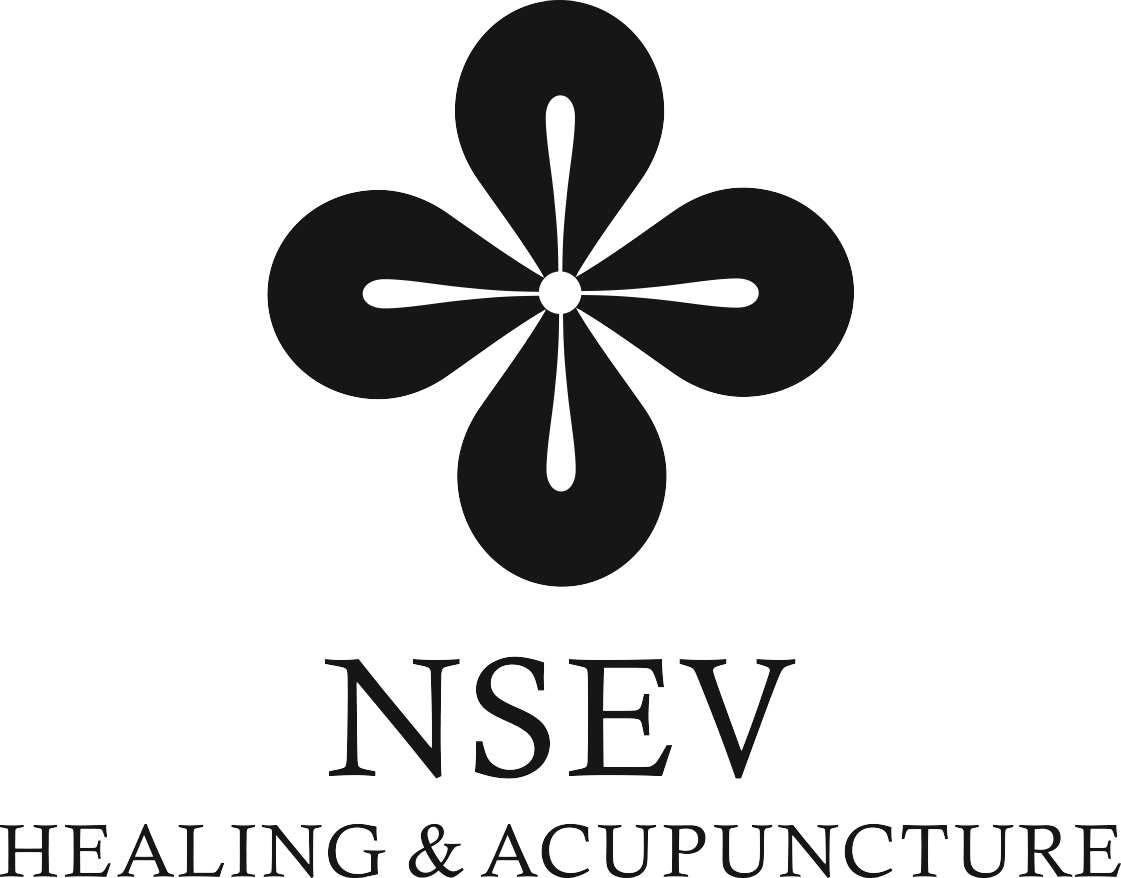““No one yet has made a list of places where the extraordinary happens. …It likes the outdoors. It likes the concentrating mind. It likes solitude. …It isn’t that it would disparage comforts, or the set routines of the world, but that its concern is directed to another place. Its concern is the edge, and the making of a form out of the formlessness that is beyond the edge.” Mary Oliver ”
Differentiating the undifferentiated. Fashioning form out of the formless. Easing beyond the edge. Embodying the single cycle within the limitless swirl. Creating some thing out of no thing. Consciously creating context out of the contextless. Meeting the world!
Such is the deep and holy work of the Yangwei.
Existing boundaries are the pre-existing differentiating work of those who came before us. Moving beyond the existing boundary allows us to engage our own capacity for “boundary making”, our own capacity for the creation of context.
An elegant and engaged and unpolluted Yangwei responds with innate intelligence to all manifest contexts within time and space. Our Yangwei allows us to navigate gracefully beyond the edge of our existing, comfortable contexts into the less familiar, less differentiated world. A harmonious Yangwei moves confidently and quiescently into the undifferentiated wholeness that enfolds and embraces us all.
The creative process (the process of creation) moves us and requires us to move from the direct experience of the world in its formless form of undifferentiated wholeness or less differentiated wholeness towards the making of form, the creation of context, of meaning. .
To an extent each “creating of form” is a re-creation of our original forming of ourselves. To an extent each “creating of context” is the re-creation of the original formation of our cosmos. It is a process of that must be expressed at its earliest stages symbolically, then metaphorically and finally, when at all possible, through the formation of structured language, structured process, structured institutions, and structured structures in the way of gates, roads, buildings and the world we “live” in.
Each structuring, each making of a form out of the formlessness, moves the edge and requires us to reach further into the depths of our undifferentiated space to move beyond the edge. The human capacity for doing so (stored in the Chong., Ren, Du) has become less fluid, less graceful, as we “settle into” and “settle for” the boundaries we have constructed.
Our capacity to meet and creatively define and construct our world has become calcified, rigid, tamed, more civilized. We “know” what we “like” in advance of the experience. Our ideas are constructed and rigidly adhered to no matter the reality of the world as if flows at us. We export our expertise to navigate the world to outside “experts”. There is a comfort to be found in all of this to be sure. There is a sense of security, or order. The Way is mapped and therefore safer and more predictable.
But the Map is not the territory. Our ever increasing reliance on Pre-Existing & Pre-Constructed maps of the Way have deeply constrained and contacted our capacity for expanding out into world and navigating our Way with grace and ease. We are embodying this hyper-contraction and it manifests in our lives and bodies as deep sense of isolation, depression, stress, stiffness, pains, headaches and a loss of connection with the world in which we live.
We can, and we must, return and reconnect with that part of our selves that sees and knows the extraordinary in the ordinary. That part of us that knows we are not separate and meets the world with wonder and grace. The part of us that knows that where we meet the world is holy and that we are holy too.



